Keraring intrastromal corneal ring segments are implantable precision devices used to correct corneal surface irregularities and reduce refractive errors associated with keratoconus and other corneal ectatic disorders. Unlike other intracorneal rings, Keraring was specifically designed to treat corneal ectasia, as a result providing better and greater corneal surface regularisation and refractive correction.
Specifications:
- Material: Medical Grade PMMA.
- Models: SI5 (5mm optical zone). SI6 (5.5mm or 6mm optical zone).
- Variable thickness: 150μm to 350μm (all models) in 50ìm increments.
- Variable arc length:
- SI-5: 90°, 120°, 160° and 210°
- SI-6: 90°, 120°, 150° and 210°
- Keraring is presented with one ring segment per box.
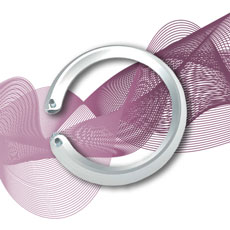

Features and Benefits
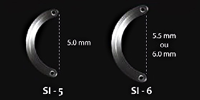
Variable Optical Zones
Keraring is available in two models (SI-5 and SI-6) for 5.0mm implantation in optical zones of 5.0, 5.5 and 6.0mm. This offers surgeons additional options to meet each patient’s needs.
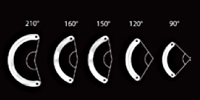
Variable Arc Lengths and Thicknesses
Keraring offers 40 different variations of thicknesses, arc lengths and diameters, which allows for enhanced customisation of corneal remodeling and refractive correction.
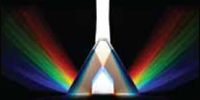
Unique Prismatic Design
Keraring’s design generates a prismatic effect by which the light coming through the implant is reflected, consequently reducing the incidence of glare and halos.
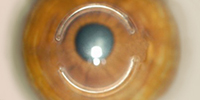
Greater Refractive Correction
Keraring corrects low, moderate, and high degrees of myopia and astigmatism.

Proven Clinical Safety
Extensive track record of use and longest follow-up worldwide: over 150,000 implants followed up for as long as 18 years. Above all, independent clinical trails have confirmed Keraring’s safety and effectiveness.
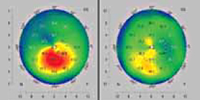
Reversibility
Keraring may be explanted at any time, which allows the cornea to revert to its original preoperative shape. The procedure is reversible.
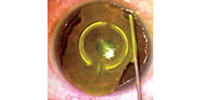
Adjustibility
Refractive and topographic results may be easily readjusted by exchanging or repositioning the implant.
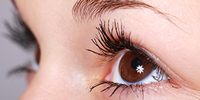
Compatibility with Other Procedures
Keraring implants may be synergistically combined with other techniques such as corneal collagen crosslinking, PRK and phakic IOL implantation.

Does not Compromise Corneal Transplantion
Keraring does not interfere with normal execution of lamellar or penetrating keratoplasty, if needed.
Outstanding Patient Satisfaction
Keraring patients report highly positive improvements in their quality of life.
Quick Visual Recovery
Minimally invasive technique allows patients to rapidly resume their normal activities. Most noteworthy is that, topographic and refractional changes are noticeable right after implantation and stabilise in 3 months on average.
Surgical Technique and Training
Keraring implantation is a simple outpatient procedure performed under topical anesthesia. For this reason, Mediphacos has developed surgical instruments specifically for manual and femtosecond laser assisted techniques. Furthermore, Keraring surgeons must attend one of the certification courses regularly offered by Mediphacos and its authorised distributors. Please contact us for current program schedules or to request training in your own practice.
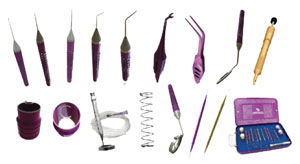
Nomograms and Consultancy
Keraring surgical outcomes greatly depend on accurate selection of implant size and position for each individual patient. Based on extensive statistical analysis of results, Mediphacos constantly updates the calculation nomograms and provides surgeons with personal attention and highly reliable expert support.
Indications:
- Keratoconus with poor BSCVA and contact lens intolerance
Contra-indications:
- Acute keratoconus with keratometry > 70 D
- Major central corneal opacity
- Hydrops
- Following penetrating keratoplasty when graft is decentered
- Severe atopic disease
- Recurring corneal erosion syndrome
- Patient’s high expectations to achieve emmetropia
Mechanisms of Action:
- Corneal remodeling through addition technique: preserves corneal integrity
- Corneal topography regularization and refractive correction preserving the natural prolate profile, reducing optical aberrations and improving visual acuity and contact lens tolerance
- Displacement of corneal apex towards the central pupil
- Corneal stabilisation, delaying or eliminating the need for corneal transplantation

